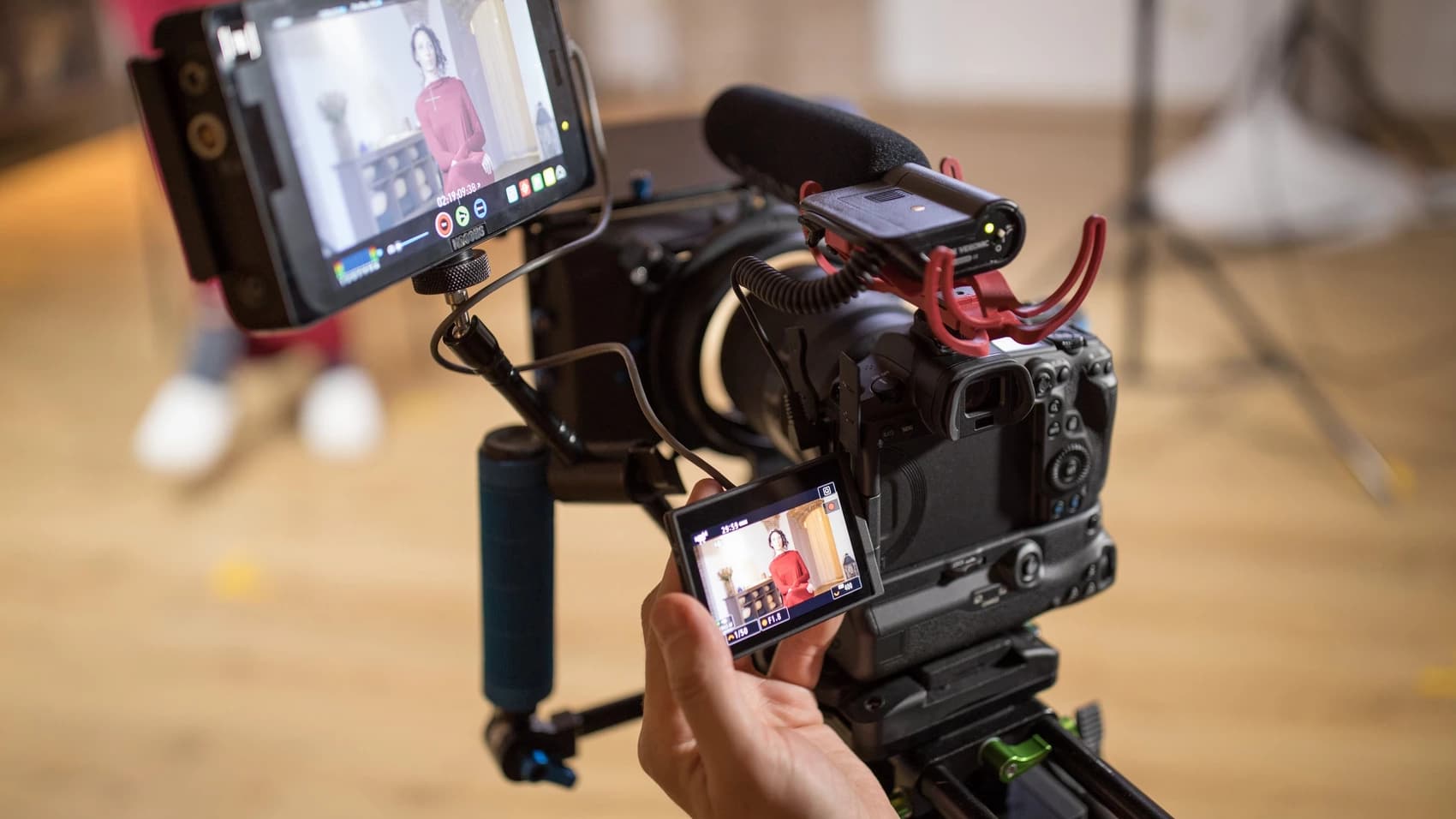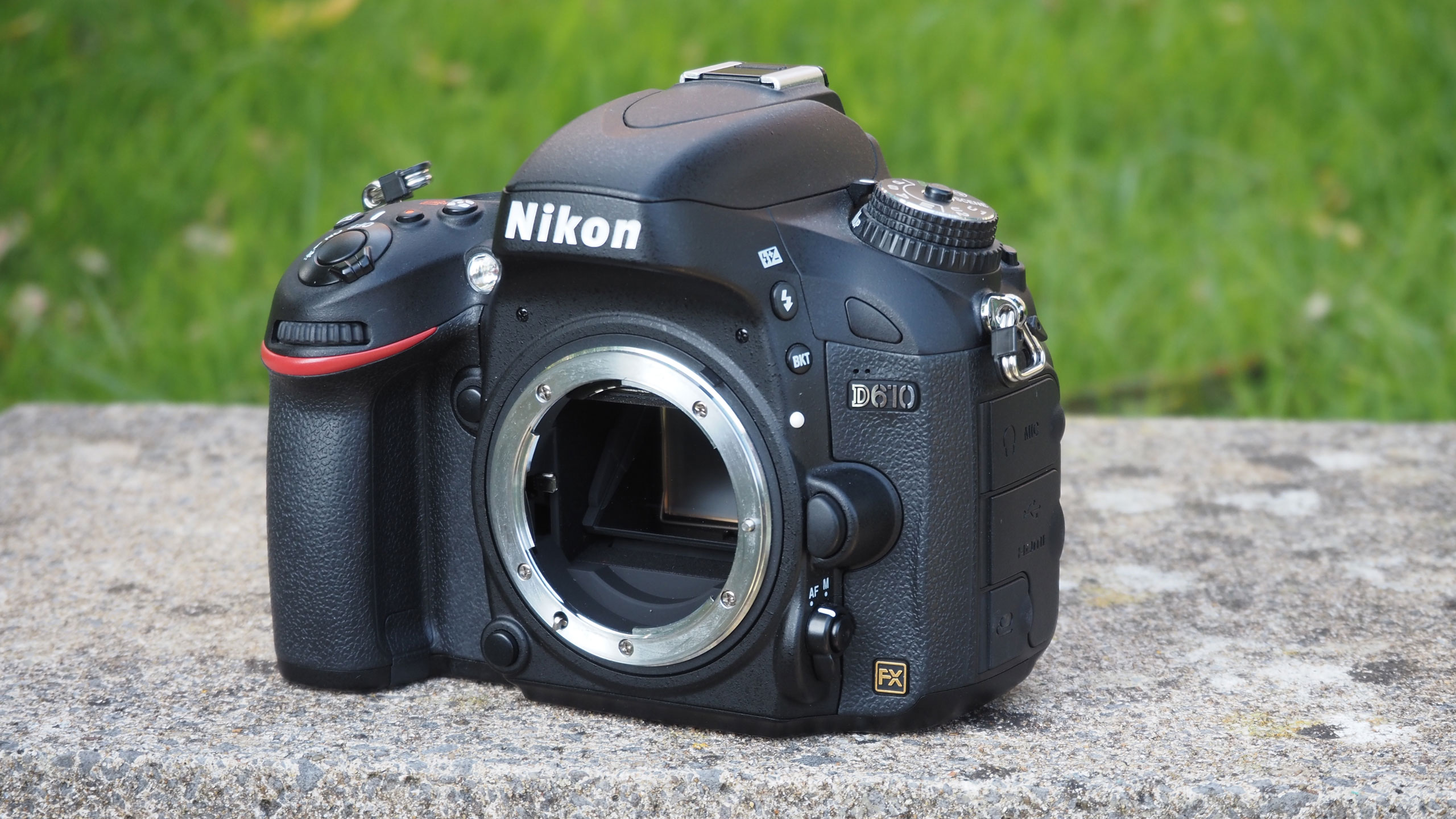I’m fully geared up for video, so why do I still shoot stills?
Is video really a logical progression from stills photography? You gain the extra dimension of time, but do you lose something too?

I had a friend at school who would never watch a black and white film, nor any film with subtitles. He was a smart guy – smarter than me – but this is where he drew the line. His argument was that by definition black and white had less visual information than color, and that having to read subtitles was a pointless additional effort. Both of these things, in my opinion, closed him off to a lot of important cultural discoveries, but that's how he felt.
So what’s this got to do with photography vs video? Well, in the same way that my friend thought it self-evident that color was innately superior to black and white, so it seems to me that many people seem to regard video as ‘more’ than stills.
Video can capture movement, narrative and the passage of time. Clearly, it has an extra dimension entirely missing from stills. But I think there’s more to it than this alone. Stills photography freezes a moment in time for inspection and absorption, which is not at all the same thing. It’s not correct to say that video gives you ‘more’ unless you want to be as literal as my friend. I might even argue video can also give you ‘less’; less time for consideration and absorption; less opportunity for you to attach your own thoughts and interpretations.
Have you ever read a book and then been disappointed by the film? Have you ever watched a film and then found the book to be deeper and stranger and more thought-provoking than the film? Perhaps there’s just more room for your own thoughts with a book – and perhaps the same applies to stills photography vs video.
The best video cameras can't help you here, and neither can log profiles, 10-bit capture, All-I compression or any of the other technical paraphernalia of video capture. You have to be a skilled storyteller, first and foremost, with the time and patience to develop and express an idea.
Consuming video is essentially a passive experience where you are fed a story at a speed chosen by the filmmaker and shown through their eyes with their casting and direction and pacing. It’s true that in stills photography you also see only what the photographer wants you to see, but here you can look at the image and its parts for as long as you like to absorb its meaning and the thoughts it prompts.
I do shoot a lot of video for my job, whether it’s testing cameras, reviewing accessories or creating tutorials, reviews or other content for YouTube. I’ve nothing against video – except perhaps the inordinate amount of time it takes to edit it into something watchable. Even the best video editing software demands effort.
The best camera deals, reviews, product advice, and unmissable photography news, direct to your inbox!
The fact is, though, that video does not do for me what stills photography does. I think video is great for informational or promotional content, but for just sitting looking and thinking, I like stills.
Sometimes you do need to stop the world for long enough to look at it properly.
More opinion pieces

Rod is an independent photography journalist and editor, and a long-standing Digital Camera World contributor, having previously worked as DCW's Group Reviews editor. Before that he has been technique editor on N-Photo, Head of Testing for the photography division and Camera Channel editor on TechRadar, as well as contributing to many other publications. He has been writing about photography technique, photo editing and digital cameras since they first appeared, and before that began his career writing about film photography. He has used and reviewed practically every interchangeable lens camera launched in the past 20 years, from entry-level DSLRs to medium format cameras, together with lenses, tripods, gimbals, light meters, camera bags and more. Rod has his own camera gear blog at fotovolo.com but also writes about photo-editing applications and techniques at lifeafterphotoshop.com

